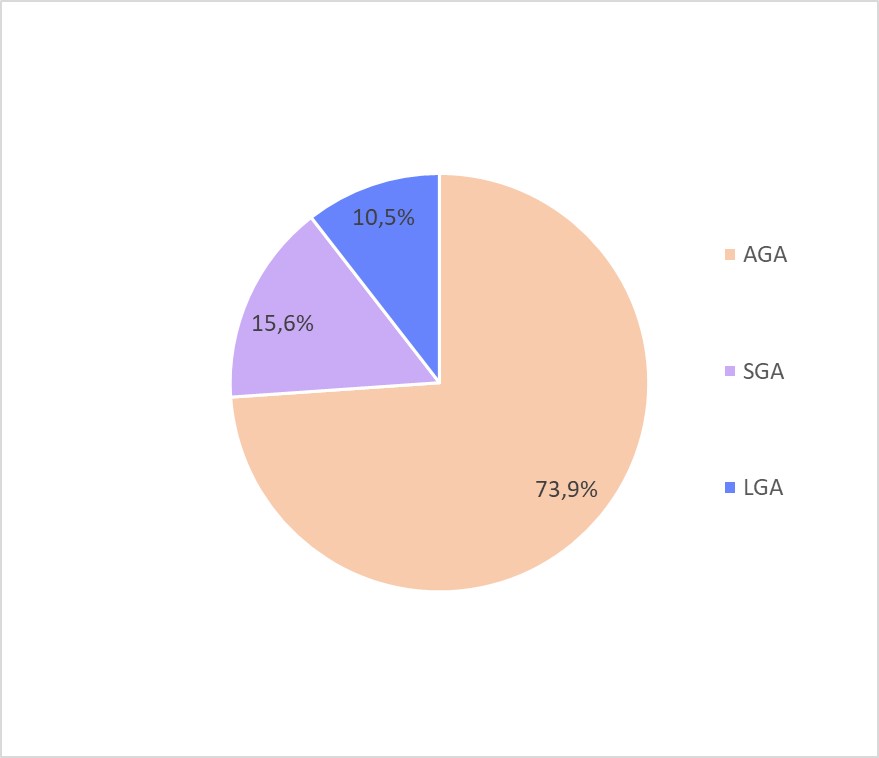Management of newborns with congenital heart defects in Northeast Slovenia: a single-center retrospective study
Obravnava novorojenčkov s prirojenimi srčnimi napakami v severovzhodnem delu Slovenije: enocentrična retrospektivna raziskava
DOI:
https://doi.org/10.18690/actabiomed.284Keywords:
congenital heart defects, critical congenital heart defects, newborn, echocardiography, pulse oximetryAbstract
Purpuse: To compare the epidemiological and clinical characteristics between critical and noncritical congenital heart defects (CHD), and the detection rate of CHD, time of intervention, and outcomes in Slovenia and globally.
Methods: We performed a retrospective observational study of 353 neonates with CHD who were born in the maternity ward at the University Medical Center Maribor between 2018 and 2022. Data were collected from the database at the University Medical Center Maribor and from personal patient files. We compared maternal and infant characteristics between critical and noncritical CHD. The detection rate of CHD, time of intervention, treatment options, and outcomes were also compared among infants with CHD.
Results: The overall incidence of critical CHD was 1.75/1,000 live births, while the incidence of major CHD was 4.4/1,000 live births. Genetic abnormalities were found in 21.4% (n = 3) of children with critical CHD. Critical CHD was identified prior to the patient being released from the maternity ward in 85.7% (n = 12) and after discharge in 14.3% (n = 2). All critical CHD cases were identified based on clinical condition and confirmed by echocardiography. The absence of a heart defect was detected by newborn pulse oximetry screening. A total of 27.5% (n = 97) of pregnancies were affected by gestational diabetes (GDM).
Conclusions: The management of newborns with CHD requires a trained multidisciplinary medical team, as early recognition improves morbidity and prevents mortality. Most CHDs are detected based on clinical conditions, with the diagnosis being confirmed by echocardiography. While the detection of CHD was satisfactory, some newborns with critical CHD were undiagnosed and discharged from the maternity ward. The proportion of undetected infants with CHD may increase in the future if the trend toward earlier discharge continues.

Downloads
Published
Issue
Section
License
Copyright (c) 2025 Teja Senekovič Kojc, Tjaša Barbič, Mirjana Miksić✝ (Author)

This work is licensed under a Creative Commons Attribution 4.0 International License.